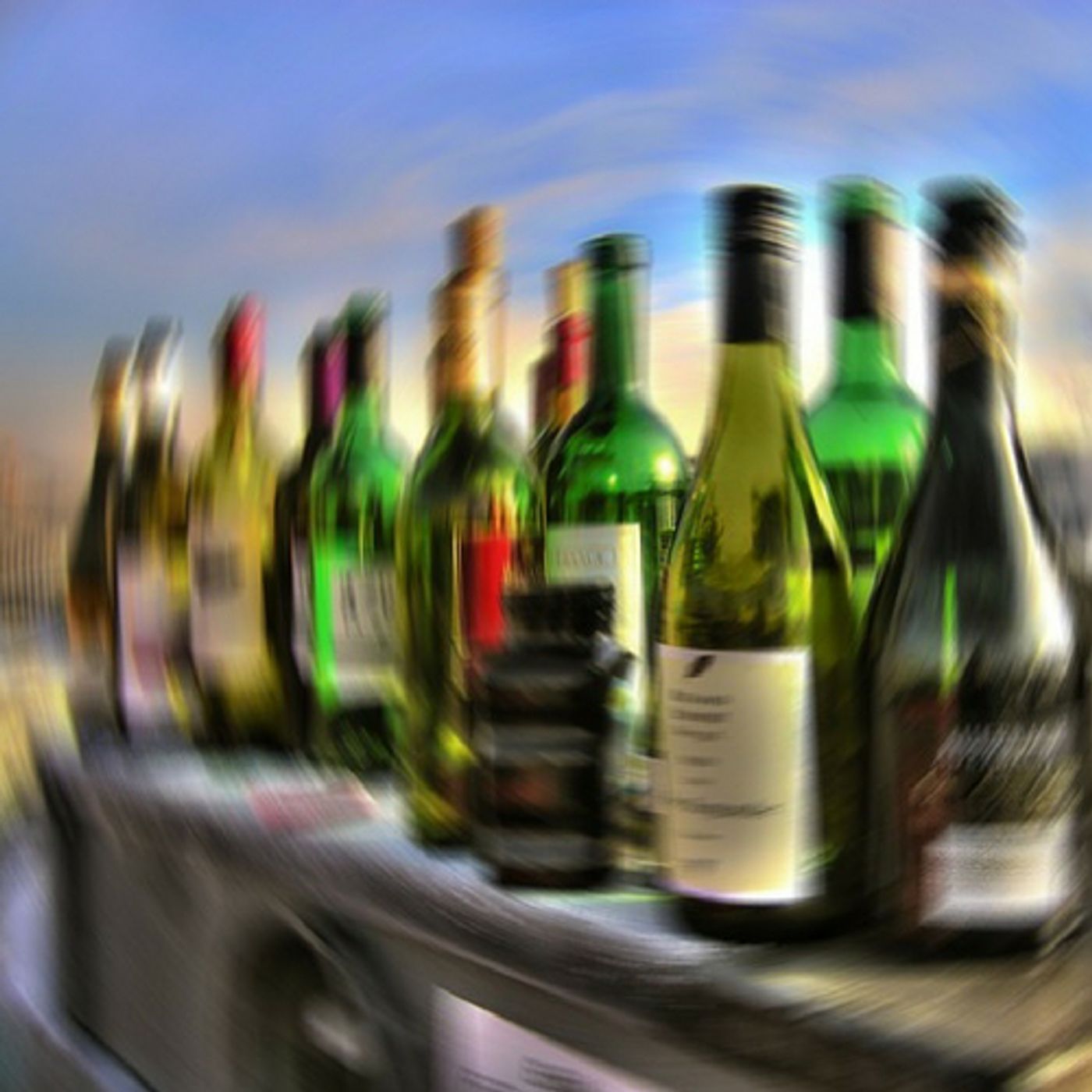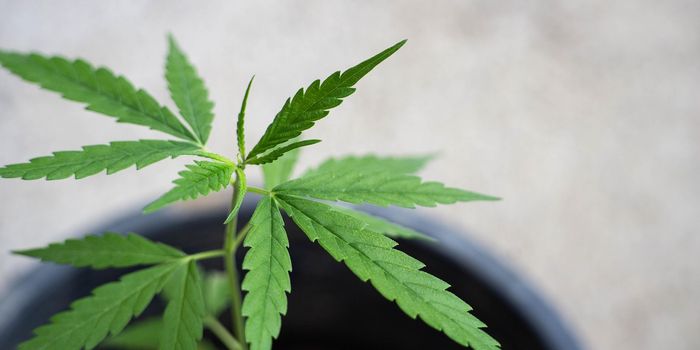Is Alcohol Unsafe in Any Amount?
A glass of red wine is good for you. Champagne prevents dementia. Beer makes you smart. These are all claims that have grown out of various clinical studies on alcohol use. Sadly, none of them are correct, at least not entirely. The latest research on alcohol, published in The Lancet, suggests that there is no safe amount of alcohol. None. Nada. ZIP.
How can this be?
Well, it’s all about the numbers, and when you look at global consumption of alcohol, it’s some pretty big data. In 2016, according to the study, close to 3 million people died from causes related to alcohol use. It was all broken out by age and country of residence since drinking patterns vary from place to place. One of the statistics uncovered is that in males aged 15 to 49, 12% of deaths in this group were due to alcohol use.
Dr. Emmanuela Gakidou of the Institute for Health Metrics and Evaluation at the University of Washington is the senior author of the work. She explained, "The health risks associated with alcohol are massive. Our findings are consistent with other recent research, which found clear and convincing correlations between drinking and premature death, cancer, and cardiovascular problems. Zero alcohol consumption minimizes the overall risk of health loss."
While the numbers were broken out for each country, the study team was not able to distinguish risks between drinking beer, wine, or spirits. The common denominator was ethyl alcohol. Amounts were standardized so that “average consumption” was defined for study purposes as 10 grams of alcohol per person, per day. That amounts to a 3.5-ounce glass of wine, a standard can or bottle of beer or a one-ounce shot of whiskey or other liquor. These figures were used because the “standard” drink amounts vary widely depending on the country.
The study is part of the annual Global Burden of Disease assessment, which looks at alcohol-related health problems and demographic patterns between 1990 and 2016. It includes 195 countries, so there was a great deal of variation on use. Diseases that were related to alcohol use include several forms of cancer, heart disease, communicable diseases and neurological impairments. Also covered as alcohol-related deaths were unintentional injuries, drowning, accidental fires and transportation-related deaths where alcohol was a factor.
Lancet Editor Richard Horton penned an editorial along with the study and wrote, "We now understand that alcohol is one of the major causes of death in the world today. We need to act now. We need to act urgently to prevent these millions of deaths. And we can." Max Griswold, the study’s lead author and a researcher at the Institute for Health and Metrics explained how extensive the data was for the study. The figures were compiled from 694 data sources on individual and population-level alcohol consumption, along with 592 prospective and retrospective studies. Griswold stated, “With the largest collected evidence base to date, our study makes the relationship between health and alcohol clear -- drinking causes substantial health loss, in myriad ways, all over the world.”
Going forward, the team hopes that the staggering figures on death and disease related to alcohol use will spur public health agencies to develop programs to educate people on the risks of alcohol use. The video below has more information, check it out.
Sources: University of Washington NPR The Lancet









